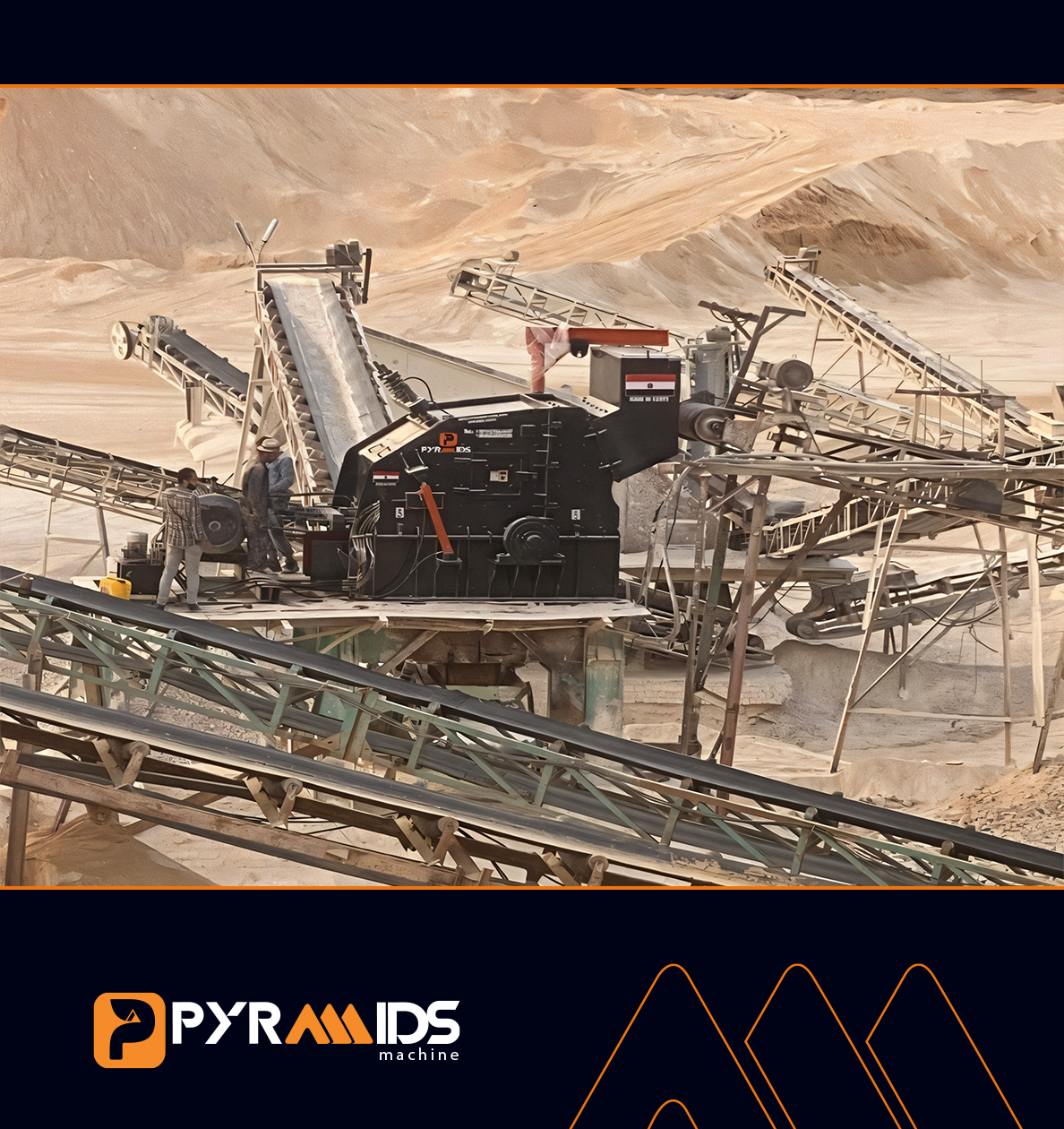The secondary impact crusher is designed to process medium- to high-hardness materials such as limestone, dolomite, granite, and basalt, reducing them to sizes suitable for asphalt and concrete aggregate. It can directly process large materials from the primary crusher, offering a high reduction rate. This type of crusher is the most economical choice for secondary crushing applications due to its lower initial investment and operational costs compared to other crushers. Depending on the facility’s design, these crushers can be configured as mobile units, fixed with steel or concrete foundations, or mounted on skid chassis. They can also be pre-screened or pre-fed for enhanced performance.
Structure and Components
The machine consists of three main parts:
- Rotor: Generates kinetic energy to break down materials.
- Lower Body: Fixed structure that supports the rotor and connects other components.
- Upper Body: Hinged and hydraulically operated, providing easy access for maintenance.
Crushing Mechanism
The secondary impact crusher utilizes two grinding jaws—upper and lower—positioned to create an adjustable gap for material size control. The rotor delivers powerful impacts to the materials, driving them against crushing plates. This process involves multiple stages:
- Initial crushing reduces material to sizes that pass through the rotor.
- Subsequent stages refine the material further, based on the rotor-palette distance.
Features of Key Components
- Upper and Lower Jaws: These grinding mechanisms are adjustable through a hydraulic system for precise control of output size.
- Rotor: Made from durable steel castings and reinforced with wear-resistant welding. The rotor is balanced by a flywheel for optimal load distribution.
- Palettes: Resistant to wear and securely mounted with special wedges and holders to prevent displacement.
- Linings: Manufactured from high-strength manganese alloy steel, ensuring resistance to abrasion. Bolted for easy replacement.
- Body: Welded and heat-treated for durability, with hydraulic cylinders enabling the upper body to open for maintenance. Sight caps allow easy inspection of internal components.
Advantages
- High Performance: Capable of processing hard materials efficiently.
- Durability: Resistant to wear and impact, ensuring long-term operation.
- Ease of Maintenance: Hydraulically operated access points simplify maintenance tasks.
- Customizable Output: Adjustable components allow for precise control over material size.
- Cost-Effective: Low energy consumption and maintenance requirements contribute to overall efficiency.
This design ensures the secondary impact crusher is both reliable and economical, making it ideal for a variety of industrial applications.


![]() squareagency
squareagency